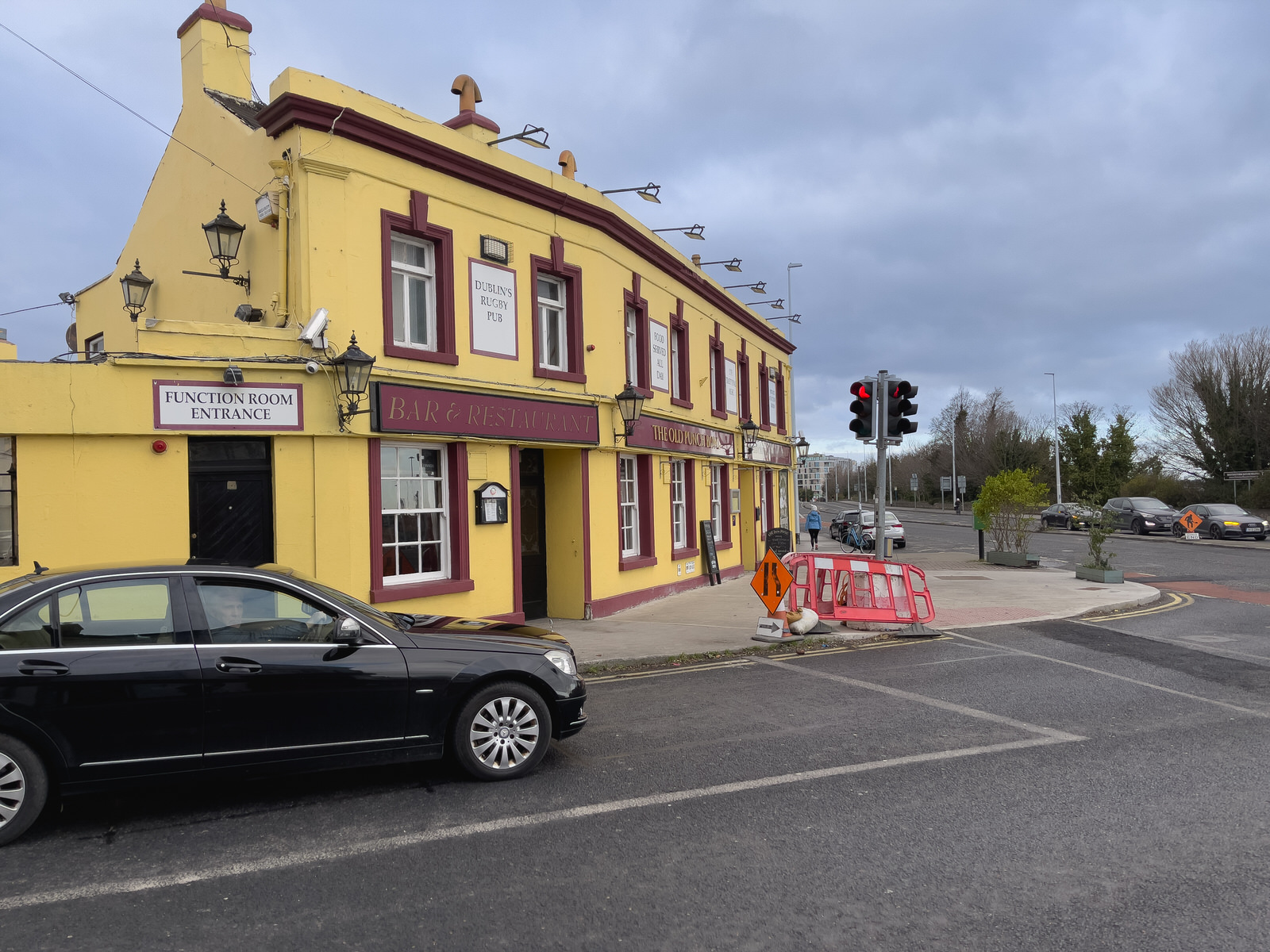THE OLD PUNCH BOWL ON ROCK ROAD
Back in March 2022 this famous pub was put on the market as the O'Rorke [maybe O'Rourke] family were retiring from the trade after 40 years. To the best of my knowledge it was known as the Punch Bowl until 1996 when it was sold by Ken Featherstone who had acquired the Victor Hotel.
The Pub’s location was immortalised in the iconic 19th century ballad, ‘The Rocky Road to Dublin’. whose name is reputed to derive from the very Rock Road on which the Punch Bowl stands.
This famous tavern, once the haunt of notorious highwaymen, was first licenced in 1779 when William Scully, the then landlord, served such patrons as the Fitzwilliams, Barons of Thorncastle and Viscounts of Merrion. The landmark location has seen more than its share of history and tragedy in the 200 years since it first opened its doors.
A tranquil November day in 1807 turned to catastrophe as The Prince of Wales’ transport ship was caught in a sudden northeasterly gale as it tried to leave Dublin Bay. In violent seas, it foundered on the rocks just south of Booterstown. The Captain escaped with his family and crew, but all 120 soldiers aboard perished. Their bodies washed ashore on Booterstown Strand and their bodies were buried in a quiet graveyard a five minute walk from the pub.
This tragedy was the impetus to the building of Dún Laoghaire Harbour, which was initially called "Dunleary", then "Kingstown", and now "Dún Laoghaire". Dublin port was hampered by a sandbar, which meant that ships could enter or leave only at high tide. A solution, the building of the North Bull Wall, had been identified by Vice-Admiral William Bligh in 1800. If there was a storm, a ship would have to ride out the storm in the open sea, waiting for the tide.
"The bay of Dublin has perhaps been more fatal to seamen and ships than any in the world, for a ship once caught in it in a gale of wind from ENE to SSE must ride it out at anchors or go on shore, and from the nature of that shore the whole of the crews almost invariably have perished." – Captain Charles Malcolm of George IV's royal yacht.
A pier had been built at Dún Laoghaire, now known as the "coal harbour", in 1767, but it had rapidly silted up. The early nineteenth century was unusually stormy. Dublin Bay was notoriously treacherous for boats. The remains of at least 600 vessels rest at the bottom of the bay.



